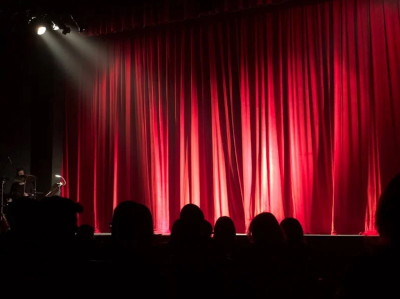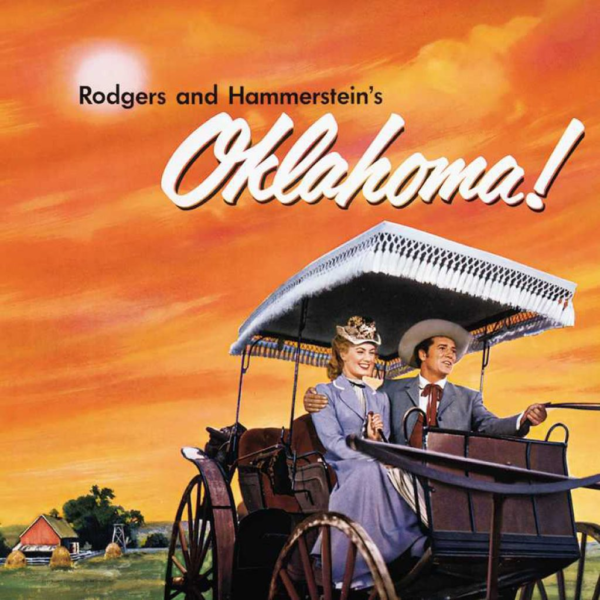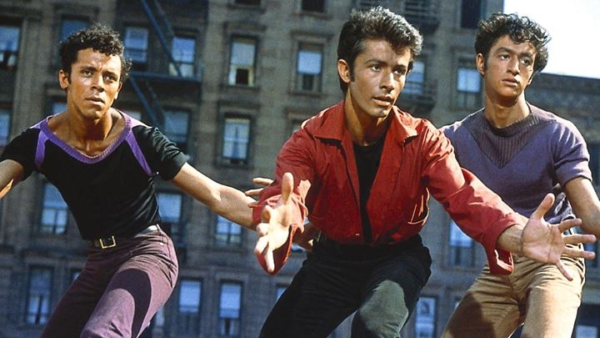Now, musicals are a niche genre of theatrical art, which has its admirers but differs from the basis of theatrical programs. Nevertheless, the development and influence of musicals on theatrical practice, film art, and pop culture is enormous. It is possible to study it from 10 different angles and find unique patterns and intertwining connections. It is a fantastic world that can be explored in the context of cultural studies, sociology, advertising, and many other disciplines. Do not doubt that if you come to a paper writing service and ask them to compose a work on the history of musicals, you will get a million clarifying questions about what exactly to write about because this topic is boundless.
We will trace the main thread of the musical industry’s development from its inception to modern times and remember the key works, directors, and composers who gave the world this unique genre of theater and film art.
The Origins and Golden Age of Musicals
Musicals originated in 19th-century Europe. First, there was opera, then vaudeville, then operetta, and then the first examples of musicals were formed from these genres. One of the founders of musicals can be considered Jacques Offenbach and Johann Strauss, who created innovative time operettas, which formed the basis of the genre.
The first real musical is considered to be Show Boat (1927), based on Edna Ferber’s best-selling novel of the same name. The musical follows the lives of the performers, stagehands, and dock workers on the Cotton Blossom, a Mississippi River showboat, over 40 years from 1887 to 1927. The production touched on themes of class inequality and racism that were revolutionary at the time. The next significant musical in the genre’s history was Oklahoma! (1943). This musical created the gold standard of the genre in which dance, song, and music are tightly woven into the plot and are part of the story rather than separate inserts.
The Golden Age of Musicals
The golden age of musicals generally runs from 1940 to 1960. During this time, iconic works such as My Fair Lady (1956) and The Sound of Music (1959) were released. These musicals became a true part of the cultural code for generations of Americans and Europeans. Composers Richard Rodgers and Oscar Hammerstein II created the recognizable style of golden-era musicals. Their music became the basis for many contemporary works.
Musicals in Cinema and the Style Evolution
The immense popularity of musicals on theater stages left no choice for movie makers, who immediately set out to adapt the works for wide distribution in Cinemas. The Sound of Music received its movie release in 1965. Eventually, it became one of the most iconic films in U.S. history. It is recognized as a unique cultural heritage and was included in the National Film Registry 2001. Other adaptations, such as West Side Story (1961) and Mary Poppins (1964), were equally popular during those years.
West Side Story received 10 of 11 possible Oscar nominations the year of its release, including a nomination for Best Picture. Mary Poppins, in turn, received 5 Oscars.
Hollywood did not stop creating movie adaptations of musicals and released original films in the genre. Not all have become iconic, but there are some extremely successful examples, like Chicago (2002) and La La Land (2016).
Genre Revolution and Andrew Lloyd Webber
The change of epochs, new trends, and political events in the world have reflected the creativity of directors.
For example, the musical Hair (1967) is a unique example of creativity. It shows the life of hippies in a psychedelic manner. This musical became a real hit on Broadway, showing 1873 times.
At the same time, Andrew Lloyd Webber presented his groundbreaking production of Jesus Christ Superstar (1971). This musical revolutionized the genre by showing that rock music could be part of a theatrical musical production, and the composer gained his cult status. His subsequent musicals, Cats (1981) and The Phantom of the Opera (1986), also became world famous, and the music and images are still recognizable and part of pop culture today.
A New Era and New Technologies
From the late 80s to 2000, the genre is being redefined. New technologies are used in productions, and the shows become larger and more epic. Several productions of this time managed to set several box office records for theater musicals that have not been broken to this day. Examples of such productions include Les Miserables (1985) and The Lion King (1997). Both musicals became extremely successful commercially and received excellent reviews from audiences and critics. The musical adaptation of the iconic Disney animated film The Lion King became the highest-grossing musical in history, earning over $8 billion worldwide.
Researching the success of musicals is an excellent topic for student research. At masterpapers review, you can find useful information on how academic services help with such research and what to look out for when seeking help.
New Styles in Modern Productions
In the mid-2010s, musicals began to appear, whose authors focused the audience’s attention on the social problems of our time or tried to show a well-known story from an unexpected angle in unusual arrangements. 2015, the musical Hamilton was released, and it became an absolute cultural phenomenon. It tells the story of one of the founders of the United States, Alexander Hamilton, but along with traditional Broadway tunes, the musical sounded compositions written in Hip Hop and R&B style. This unconventional approach was a huge success among critics and audiences, and the production won 11 Tony Awards.
Conclusion
Theater directors and film productions continue to experiment with the musical genre. New productions continue to be released, and movies like “The Prom” (2020) and “Tick, Tick…. Boom!” (2021) draw attention to the genre among new audiences. A notable trend has been the creation of at least one “musical episode” in many of today’s TV series, which suggests that the genre continues to evolve and expand into other areas. In time, we may see a radical rethinking of this art form and witness a new surge in the popularity of musical productions.


